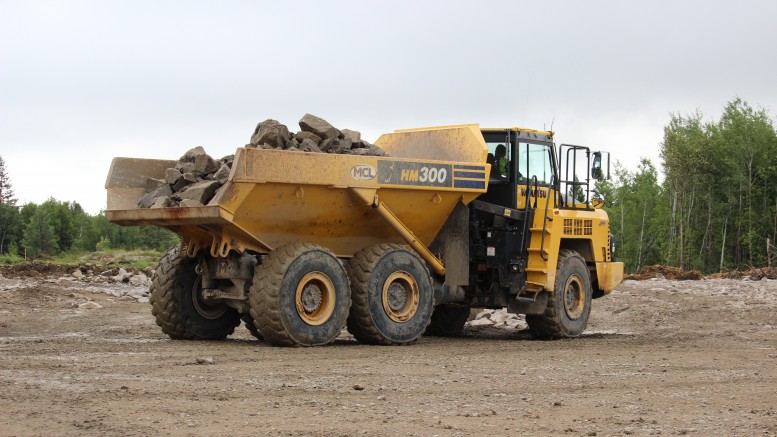The Ontario government and several First Nations in the province have reached an agreement that will see the province share revenues from mining and forestry projects with local First Nations.
“Resource revenue sharing provides a sustained source of funding for First Nations that will be directed towards local community priorities,” Ontario’s Minister of Northern Development and Mines Michael Gravelle said. “These agreements are a positive step forward and an important part of Ontario’s journey of reconciliation with indigenous peoples.”
The deal covers 39 of Ontario’s 133 First Nations communities, which will receive 40% of the tax and royalty revenues from local mines active at the time of signing, and 45% from future mines. They will also receive 45% of government revenues from forestry stumpage.
The signatory First Nations were represented by Grand Council Treaty #3, Wabun Tribal Council and Mushkegowuk Council.
“Resource revenue sharing is a step in the right direction towards reconciliation. Our communities are continuing to take steps towards the long-term goals to achieve financial independence and sovereign wealth. We as communities can be ambitious in achieving our goals while retaining our position as the stewards of the land and the First Peoples of Turtle Island,” says Jason Gauthier, a lead negotiator for the Mushkegowuk Council and Chief of the Missanabie Cree First Nation.
The agreement will see revenues diverted to First Nations from 17 of the 38 active mines in Ontario, according to the Ministry of Northern Development and Mines.
The Prospectors & Developers Association of Canada (PDAC) has been lobbying governments in Canada to share mining revenues with First Nations. “These agreements help to support community economic development, positive relationships and a positive investment climate,” the association says, adding it applauds the Ontario agreement.
PDAC has done extensive research and lobbying for government resource revenue sharing (GRRS) in Canada. “Ontario’s agreement is similar to B.C. and Manitoba in that it is a non-treaty agreement, but the main difference is that it has committed to a set percentage for active mines and for new mines,” PDAC says.
“In Yukon, the Northwest Territories, Nunavut, Quebec, and Newfoundland and Labrador, the GRRS mechanisms were developed within the context of land-claim agreements, which include pre-negotiated formulas, and tend to cover a broader range of resources within the area defined by the land-claim agreement.”
Contributing mines:
• Bell Creek
• Black Fox
• Detour Lake
• Dome
• Hollinger
• Holloway-Holt
• Hoyle Pond
• Island
• Kidd Creek
• Macassa
• Penhorwood
• Rainy River
• Red Lake
• Taylor
• Timmins West
• Victor
• Young-Davidson


Be the first to comment on "Ontario gov’t reaches resource revenue-sharing deal with First Nations"